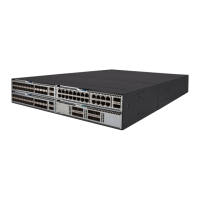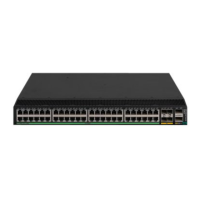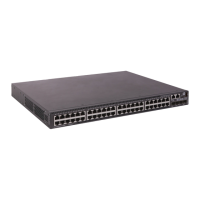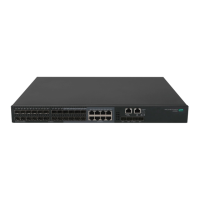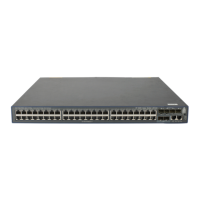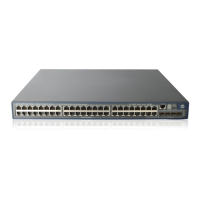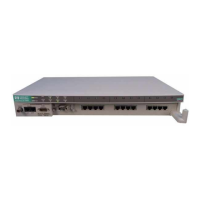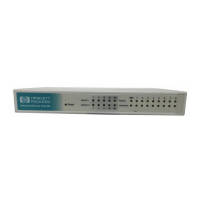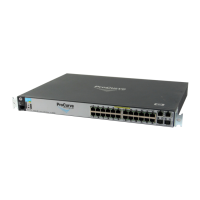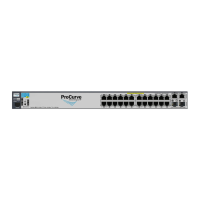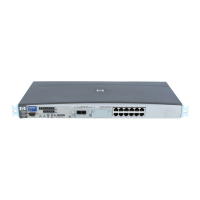135
Configuring IS-IS
Overview
Intermediate System-to-Intermediate System (IS-IS) is a dynamic routing protocol designed by the
ISO to operate on the connectionless network protocol (CLNP).
IS-IS was modified and extended in RFC 1195 by the IETF for application in both TCP/IP and OSI
reference models, called "Integrated IS-IS" or "Dual IS-IS."
IS-IS is an IGP used within an AS. It uses the SPF algorithm for route calculation.
Terminology
Intermediate system—Similar to a router in TCP/IP, IS is the basic unit used in an IS-IS routing
domain to generate and propagate routing information. Throughout this chapter, an IS refers to
a router.
End system—Similar to a host in TCP/IP, an ES does not run IS-IS. ISO defines the ES-IS
protocol for communication between an ES and an IS.
Routing domain—An RD comprises a group of ISs that exchange routing information with
each other by using the same routing protocol.
Area—An IS-IS routing domain can be split into multiple areas.
Link State Database—All link states in the network form the LSDB. Each IS has a minimum of
one LSDB. An IS uses the SPF algorithm and LSDB to generate IS-IS routes.
Link State Protocol Data Unit or Link State Packet —An IS advertises link state information
in an LSP.
Network Protocol Data Unit—An NPDU is a network layer protocol packet in OSI, similar to
an IP packet in TCP/IP.
Designated IS—A DIS is elected on a broadcast network.
Network service access point—An NSAP is an OSI network layer address. The NSAP
identifies an abstract network service access point and describes the network address format in
the OSI reference model.
IS-IS address format
NSAP
As shown in Figure 35, an NSAP address comprises the Initial Domain Part (IDP) and the Domain
Specific Part (DSP). The IDP is analogous to the network ID of an IP address, and the DSP is
analogous to the subnet and host ID.
The IDP includes the Authority and Format Identifier (AFI) and the Initial Domain Identifier (IDI).
The DSP includes:
High Order Part of DSP (HO-DSP)—Identifies the area.
System ID—Identifies the host.
SEL—Identifies the type of service.
The IDP and DSP are variable in length. The length of an NSAP address is in the range of 8 to 20
bytes.

